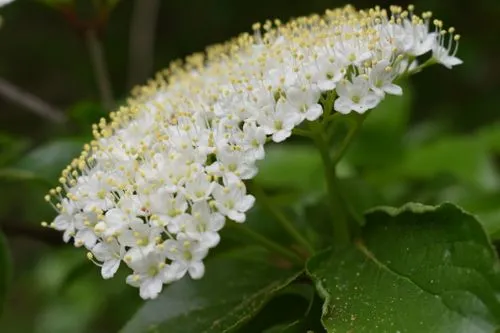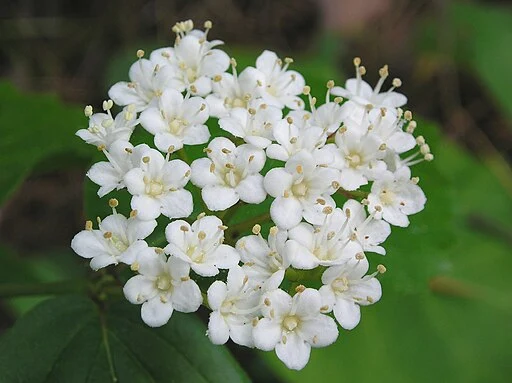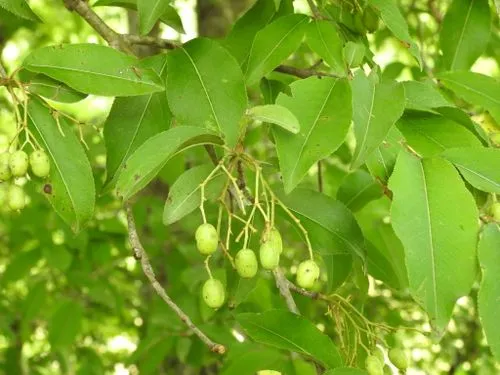Introduction to the Red Admiral Butterfly
The Red Admiral butterfly is well distributed and found on five different continents in temperate regions. This butterfly was described by Carl Von Linnaeus in 1758 in Systema Naturae. Host plants include members of the Urticaceae (Nettle Family). In Pennsylvania and the eastern United States they feed primarily on stinging nettle, false nettle, and Pennsylvania Pellitory.
Taxonomy and Naming of the Red Admiral (Vanessa atalanta)

Taxonomy
The Red Admiral (Vanessa atalanta) butterfly was named and described by Carl von Linnaeus in 1758 in Systema Naturae. This butterfly is a member of the Brushfoot family (Nymphalidae).
Meaning of the Scientific and Common Names
Scientific Name
The genus name, Vanessa, means “butterfly” in English and is a girls name. The species name, atalanta, derives from Greek mythology and means fleet-footed.
Common Name
The common name Red Admiral comes from the red markings on the wings.
Physical Description

- Color: Black with orange to red colored stripes and white spots on the top of the forewing. The bottom is multi-colored.
- Wingspan: 1.75 to 3 inches
- Active Flying Time: March to October. Butterflies that live in the northern regions will fly south in the winter to find more resources. This butterfly is considered to be a swift flier.
Life Cycle of this Butterfly
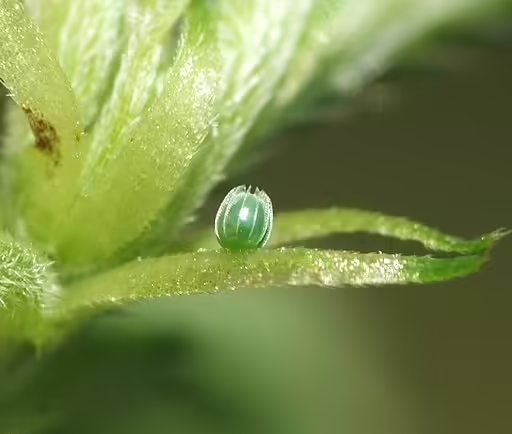
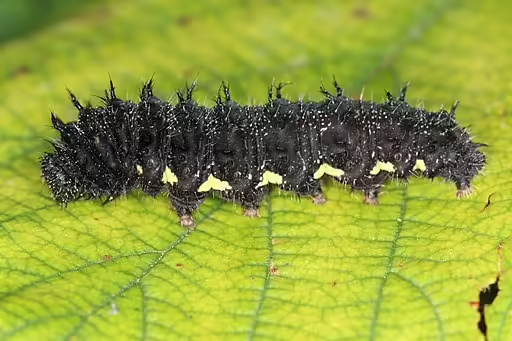
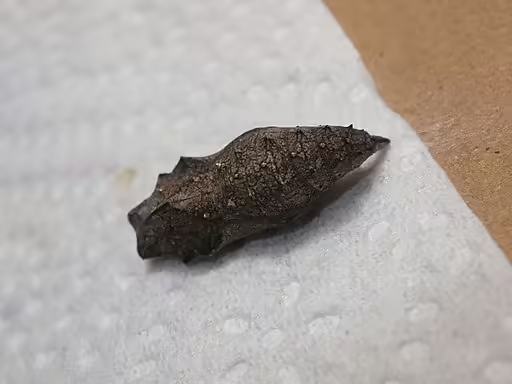
Life Stages
- Eggs: The green eggs are laid on top of the leaves of a Nettle Family (Urticaceae) species, which are the host for the caterpillars. This stage takes about 4 to 14 days to complete.
- Larva (Caterpillar): The caterpillar is about 1 inch in length and are black with white spots. They make a shelter in a rolled leaf and feed on the leaves of the host plant for about 2 to 4 weeks.
- Chrysalis: The chrysalis is a green color with gold spots on top. This stage matures in about 1 to 2 weeks.
- Adult: The butterfly lives about 6 to 20 days as an adult and can have about 2 to 3 broods in a season.
Habitat
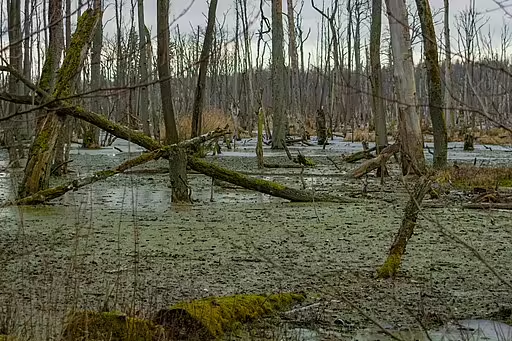
Red Admirals are often found around wetlands, which is where the host plants are located.
Range of the Red Admiral in the United States and Canada

Red Admirals are located anywhere in North America where there is a member of the Nettle Family. Individuals in the northern regions will migrate south in the winter in search of food and because they cannot survive the winter, but the migration is not as pronounced as that with the monarchs.
Host Plants
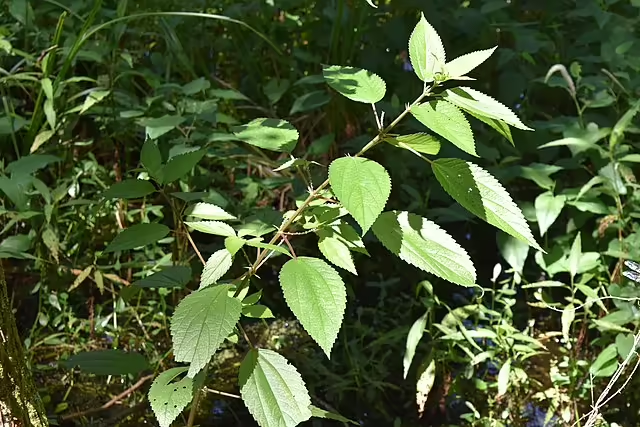
This butterfly feeds on members of the Urticaceae (Nettle Family). In Pennsylvania and the eastern United States this can include stinging nettle (Urtica dioica), false nettle (Boehmeria cylindrica), wood nettle (Laportea canadensis), and Pennsylvania pellitory (Parietaria pennsylvanica).
Nectar Plants
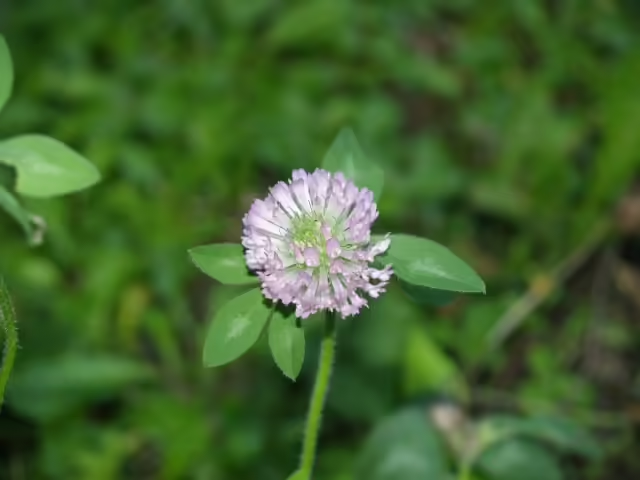
Nectar plants used include common milkweed (Asclepias syriaca), red clover (Trifolium pratense), aster (Symphyotrichum spp.), and others. However, other sources are preferred including tree sap and fermenting fruit.
Frequently Asked Questions
Do Red Admiral butterflies show territorial behavior?
Yes, red admirals will defend territory from other butterflies and will become familiar with the visual features of those territories. They also show a preference for lighter objects to rest on. Generally, the occupation of a territory is a short-term and there can be multiple areas that are occupied.
When are Red Admirals most active?
This butterfly is most active a couple of hours before dusk.
Where can I get more information on this butterfly?
References
- Bitzer, Royce J. and Kenneth C. Shaw. 1979. Territorial Behavior of the Red Admiral, Vanessa atalanta (L.) (Lepidoptera: Nymphalidae). Journal of Research on the Lepidoptera 18(1): 36-49.
